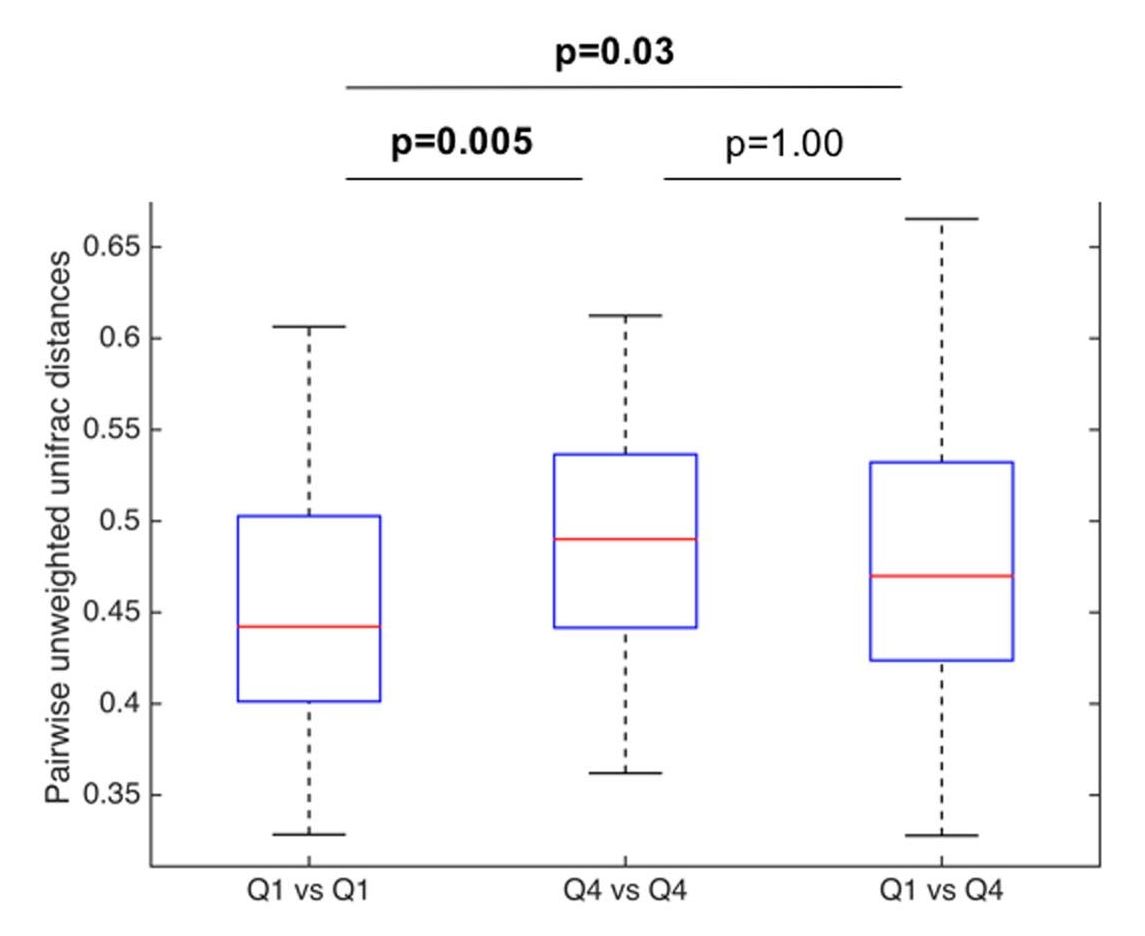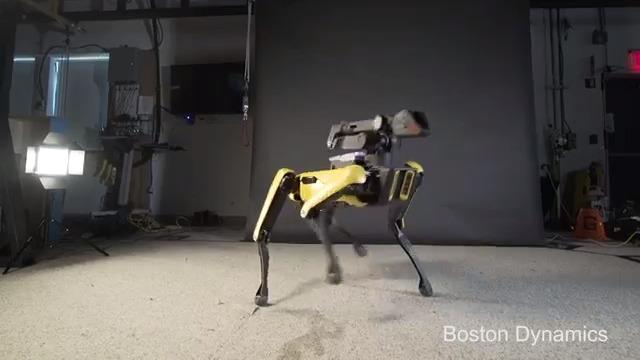Equations, like numbers, cannot always be split into simpler elements. Researchers have now proved that such “prime” equations become ubiquitous as equations grow larger.



Try to spot a dolphin swimming through a sea of Jovian clouds.
In a phenomenon called pareidolia, humans can find shapes in what is otherwise just random data. Is Flipper actually splashing across Jupiter’s atmosphere? Obviously not. But a new series of images that showcase a dolphin-shaped cloud moving across Jupiter’s southern belt is really enjoyable to look at.
Citizen-scientists Brian Swift and Sean Doran made the images using data from the JunoCam imager, an instrument on board NASA’s Juno spacecraft. On Oct. 29, the spacecraft performed its 16th close flyby of Jupiter.

If it’s quiet solitude and beauty you seek, there is no better place than the surface of Mars has earned its moniker as the red planet, but the HiRISE camera aboard NASA’s Mars Reconnaissance Orbiter (MRO) can transform the subtle differences of soils into a rainbow of colours. 
For 10 years, HiRISE has recorded gorgeous – and scientifically valuable – images of Mars. Its photos are so detailed that scientists can examine the planet’s features at the scale of just a few feet, including the recent crash site of Europe’s Schiaparelli Mars lander.
We combed through 2,054 of the camera’s latest pictures, released in August, September, and October, to bring you some of the best – and hopefully help you temporarily escape Earth.

Of the 10 flavonoids tested, fisetin was the most potent senolytic. Acute or intermittent treatment of progeroid and old mice with fisetin reduced senescence markers in multiple tissues, consistent with a hit-and-run senolytic mechanism.
The natural product fisetin has senotherapeutic activity in mice and in human tissues. Late life intervention was sufficient to yield a potent health benefit. These characteristics suggest the feasibility to translation to human clinical studies.

Having separate neuronal correlates for appetitive and aversive behavior in our brain may explain why we are striving for ever-greater rewards while simultaneously minimizing threats and dangers. Such balanced behavior of approach-and-avoidance learning is surely helpful for surviving competition in a constantly changing environment.
Dopamine has a reputation as the key player in the brain’s reward circuits, making us seek out pleasurable experiences, but growing evidence points to a multipronged role for the neurotransmitter. In particular, dopamine may also reinforce avoidance of painful experiences. UC Berkeley researchers have now mapped dopamine neurons in the brain with fiber photometry and discovered two parallel dopamine circuits driving attractive and aversive reinforcement learning and motivation.


A number of therapies that directly target the aging processes are currently in human trials and could change medicine significantly in the next decade if the results are positive.
What is aging?
Aging is basically the accumulation of damage and errors caused by a collection of varied processes that harm the functions of the body through the accumulation of waste, imperfect repair, the deregulation of cellular processes, the dysfunction of the immune system, chronic inflammation, and other disorders.

There is increasing evidence that the microbiome contributes to esophageal disease. Diet, especially fiber and fat intake, is a known potent modifier of the colonic microbiome, but its impact on the esophageal microbiome is not well described. We hypothesized that dietary fiber and fat intake would be associated with a distinct esophageal microbiome.
We collected esophageal samples from 47 ambulatory patients scheduled to undergo endoscopy who completed a validated food frequency questionnaire quantifying dietary fiber and fat intake. Using 16S high-throughput sequencing, we determined composition of the esophageal microbiome and predicted functional capacity of microbiota based on fiber and fat intake.
Among all samples, the most abundant phyla were Firmicutes (54.0%), Proteobacteria (19.0%), Bacteroidetes (17.0%), Actinobacteria (5.2%), and Fusobacteria (4.3%). Increasing fiber intake was significantly associated with increasing relative abundance of Firmicutes (p = 0.04) and decreasing relative abundance of Gram-negative bacteria overall (p = 0.03). Low fiber intake was associated with increased relative abundance of several Gram-negative bacteria, including Prevotella, Neisseria, and Eikenella. Several predicted metabolic pathways differed between highest and lowest quartile of fiber intake. Fat intake was associated with altered relative abundance of few taxa, with no alterations at the phylum level and no changes in microbiome functional composition.

